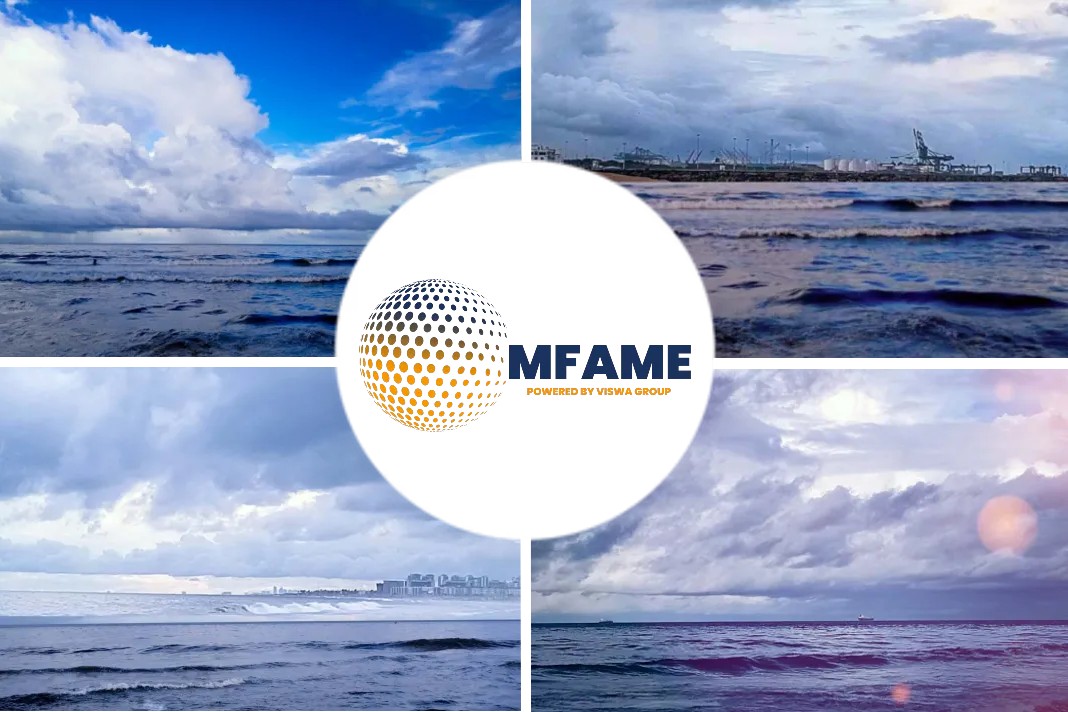An article in Seatrade Maritime News addresses the technological advancements that many ports have embarked on the path of digitization.
Sustainable ports for energy needs
Harsh Vardhan, head – ERP practice at Ramco Systems, noted that there has been a lot of focus in making ports sustainable for energy needs, carbon footprint and even compliance of safety standards.
Vardhan said, “Many ports are facing stiff competition from other ports who do well on these parameters, as most likely, with their level of maturity, they have already mastered the basic systems to monitor energy usage and scheduling issues.”
The issues encountered in developing countries are –
- Restricted space availability for ports,
- Finding ways to handle large volumes at lower costs,
- Difficulty in establishing transhipment operations, and
- Lack of computerised systems leading to longer wait time for ships, making them uncompetitive.
Ports in developing countries tend to face common tech problems such as
- Multiple systems and manual hand offs between systems,
- No single portal for all agencies to interact with the port, and
- Lack of data sharing between customer systems, terminal operating systems (TOS) and various agencies like customs, banks.
“What would be ideal is data sharing not only amongst these, but also between ports. There is a lot of data that can be shared, without losing competitive edge, for example ship schedules, arrival times shipment details etc,” he said.
Concerns on TOS and ERP
The more advanced ports in the world are in Europe such as Amsterdam and Rotterdam, and Singapore in Asia. The ports are more concerned about TOS (Terminal Operating System) as this is their main function.
Vardhan further pointed out that ERP (Enterprise Resource Planning) remains an enabler for purchasing, billing, finance and HR/payroll. As a result, however, ERP functions tend to be very fragmented and are managed on basic home-grown systems.
The top functions requested by port authorities in their ERP strategy is often to look at automating the mundane tasks such as inventory standardisation, spare part optimisation, enterprise asset management for preventive maintenance, payroll, balance sheet and other financial dashboards.
Most ports will want a set of dashboards for real-time awareness of all financial and operational issues.
Deal to upgrade ERP system
Vardhan said, “Ramco is addressing this fragmentation by helping organisations optimise their operations around third-party logistics, truck and rail interfaces, Enterprise asset management to handle cranes (both fixed and RTG), machine learning algorithms to simulate and route schedules.”
“An integrated ERP system is also used to coordinate all the players through a single portal,” he explained.
In February, Malaysia’s Port of Tanjung Pelepas (PTP) sealed an agreement with Ramco Systems to upgrade the port’s current ERP system.
The upgrade is part of PTP’s ongoing efforts in empowering digital strategy and enhancing its operational efficiency.
Steps in Digitization
In general, Vardhan shared that digitalisation involves three steps in the “increasing order of benefits but decreasing order of efforts.”
- The first step is Standardisation – consolidation of IT systems, uniform procedures, common portals, common master data structures, common database or data sharing, real-time awareness – requiring significant time and resources. The benefits would be in the range of 20 to 30%.
- “After this, the Optimisation phase is when the computer systems would automate, optimise the real-time work by artificial intelligence and machine learning. This would give a 10% increase over and above the previous stage,” he said,
- “The third stage is Innovation, which could involve major business model changes like sharing warehouses, trucks, in general product as a service. This would give return of many times.”
The efficiency of the ports will show up as a direct correlation to the port throughput, Vardhan argued.
“Technology can help in many ways, right from scheduling the asset use, to monitoring its power usage, health parameters like vibration, temperature, before things would break down,” he said.
“Using machine learning for predictive maintenance improves uptime by at least 10%,” he concluded.
Did you subscribe to our daily newsletter?
It’s Free! Click here to Subscribe!
Source: Seatrade Maritime News


























